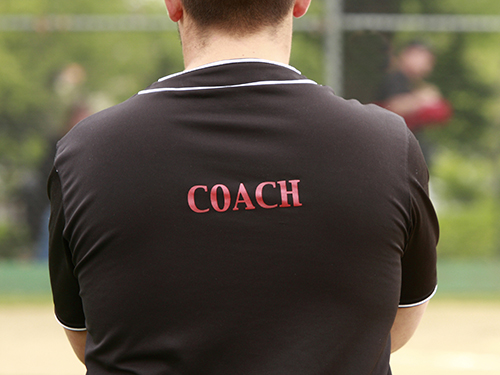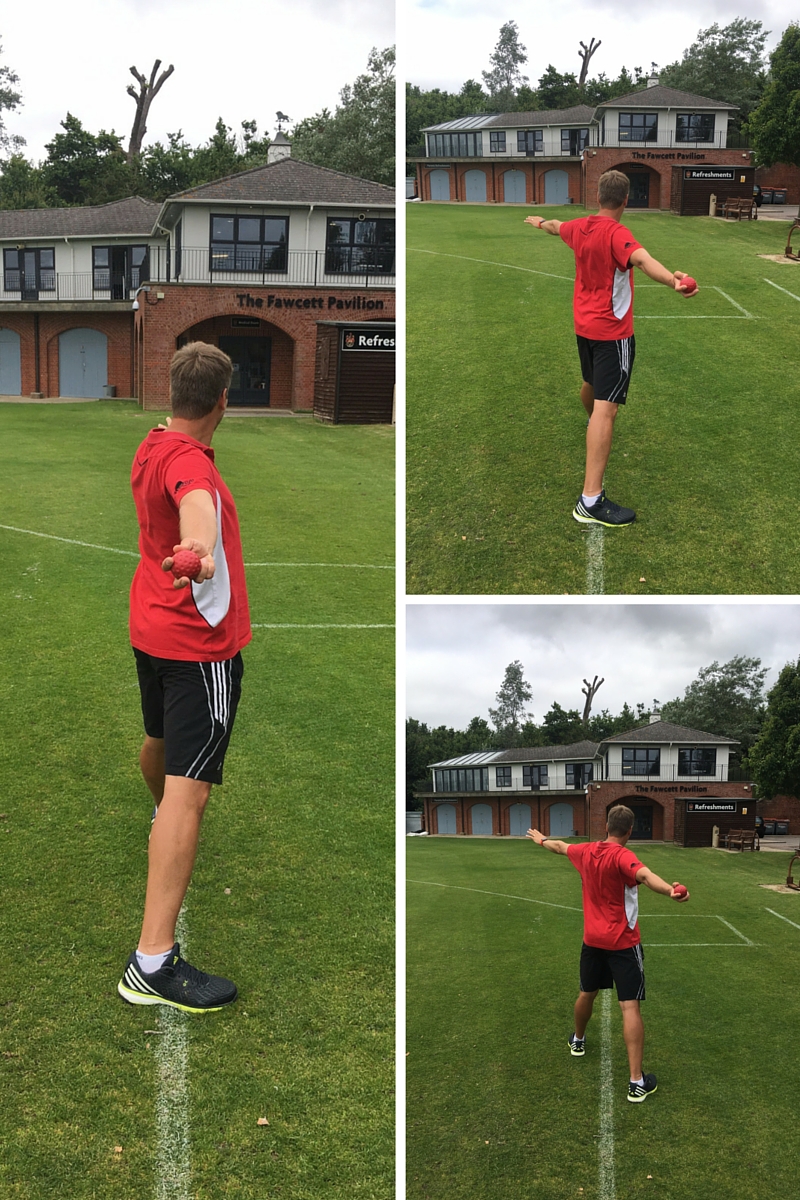Here's A Simple Way to Coach Away an Illegal Action
 Sam Lavery tackles the thorny cricket subject of "chucking".
Sam Lavery tackles the thorny cricket subject of "chucking".
For many, working with fast bowlers can be daunting. While the knowledge that’s out there is gradually improving, the challenge of working with a bowler who may or may not have developed a “chuck” is a step too far for some.
Let's see if we can help with that.
So why does a bowler chuck a ball?
There are a few different types of elbow extension:
- The deliberate chuck is really hard to do. There are a few players out there who can gain a few bonus miles per hour but if the majority of us tried it we’d come out worse off.
- The arm withdraws without fully straightening. This one is fairly rare, but I remember growing up watching a team mate of mine do this day in day out. He was largely a batsman / net bowler, so it slipped under the radar, but his method meant that as he withdrew his bowling arm behind him, pointing back towards the sight screen it retaining some notable bend which only straightened as the arm came over the top.
- The most common cause of chucking a ball in my experience (75%+) is misalignment of the upper body. Rather than the front arm extending to the target, and the bowling arm withdrawing directly back towards the sight screen, you’ll see the front arm extending towards 3rd man or gully and subsequently the bowling arm withdrawing back towards mid-on. This means bowling circle is effectively operating on the wrong plane. With the easiest way for a bowlers body to deal with it and project the ball towards the target being a little bend and extension at the elbow.
How can we reduce the likelihood of a bowler chucking the ball?
With the most common cause being poor upper body alignment, let me focus on that.
Redirecting the plane of the bowling arm, and the circle it makes as it comes over the top can be done in a couple of ways.
To decide how help, look down and see what the feet are doing.
If their feet are well aligned to the target then you’re going to have to make an intervention based on their upper body.
If their feet are slightly open, pointing towards the slip cordon, then we may be able to adjust how their feet line up without tinkering with the top half, but making an impact on where it point.

Correcting the upper body
Essentially what we’re striving to do is realign the upper body so that the extension of both arms is to and from the target as they separate from the load up position. The easiest way to do this is place the focus on the front arm extension.
The more the front arm can be realigned towards the target the more you’ll start to see the angle of the shoulders change slightly, and subsequently the bowling arm should withdraw in a straighter line - back towards the sight screen rather than mid-on.
A simple high volume reverse chaining exercise is a great way to start building this new upper body movement. However if you introduce some external resistance you may be able to keep the drills a little more engaging, as well as possible accelerating the process. Tying a big rubber band around the waist is a great way to introduce this resistance.
Correcting the lower body
While adapting lower body movement is often tricky, simple taking a slightly angled approach can line up the feet, and subsequently hips, shoulders and finally the arms can be a quick fix that redirects the plane of the bowling circle getting the arms out of the mid-on to 3rd man angle. Hopefully aligning them towards the target a little better, and removing the need for the flick of the elbow to get the ball heading towards the target.
If you have access to PitchVision, documenting the progression a bowlers makes can be really valuable. But if you don’t have access to a full PV system, why not use the PV video analysis app? It's a really powerful way to assess the progress being made, ball by ball, session by session.
- Login to post comments

